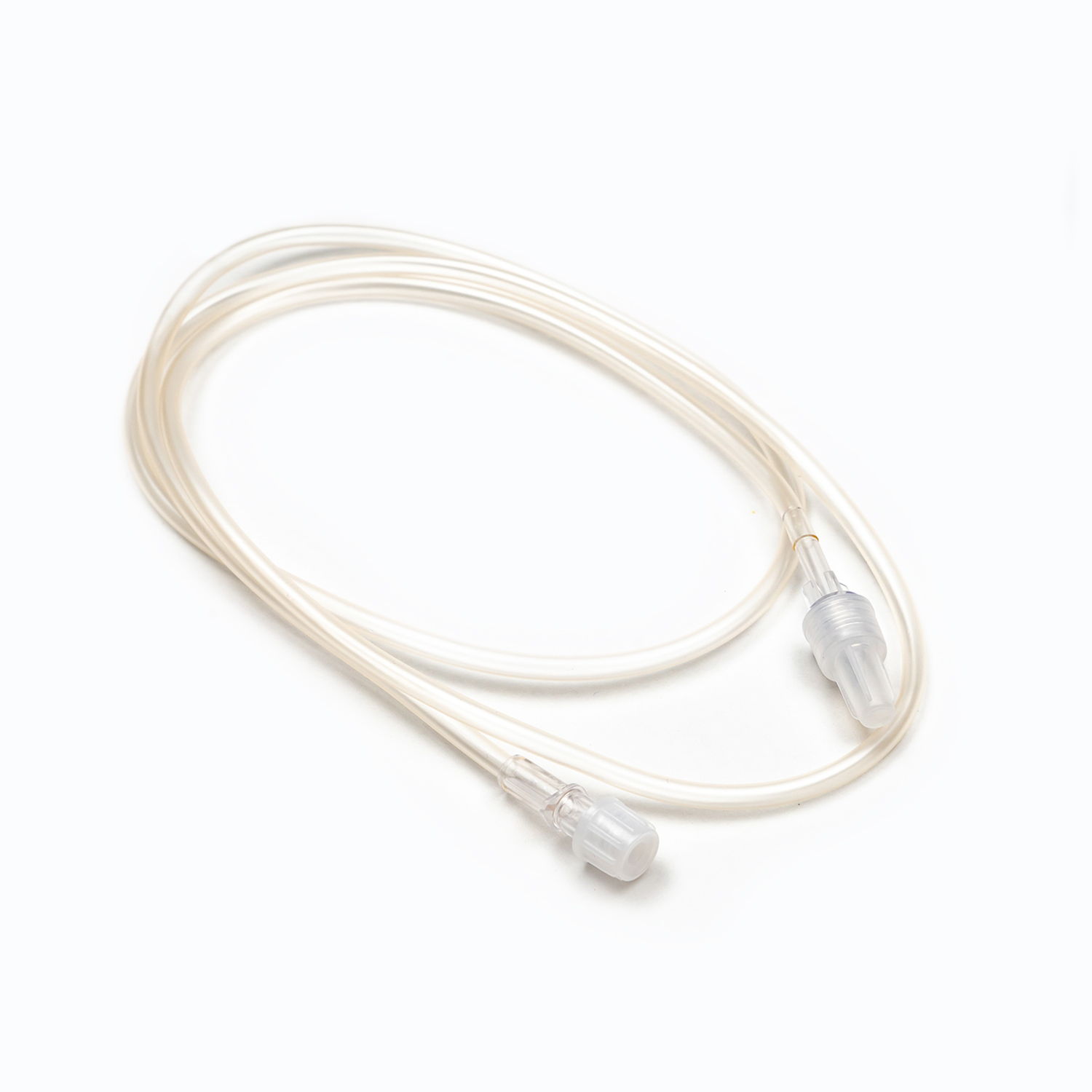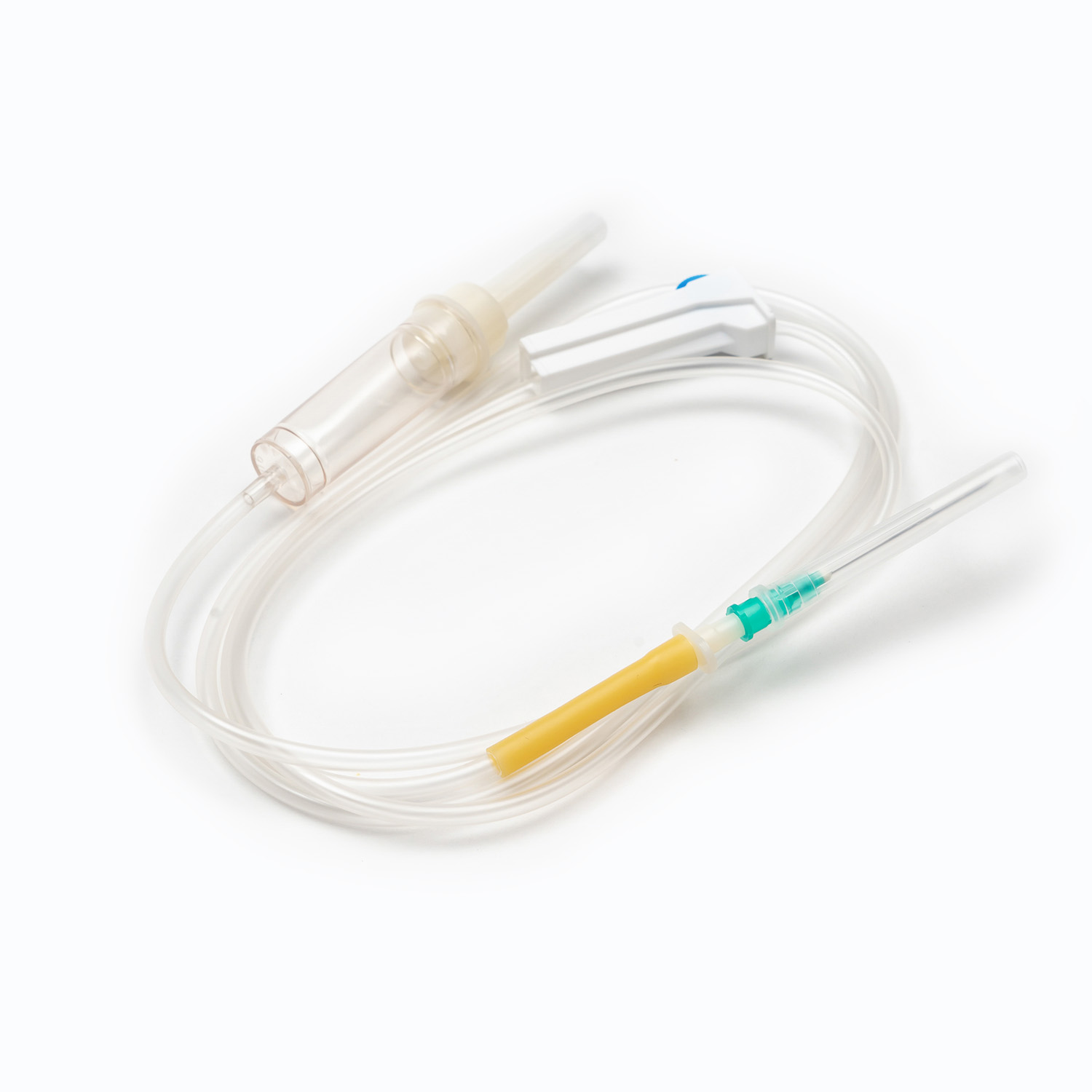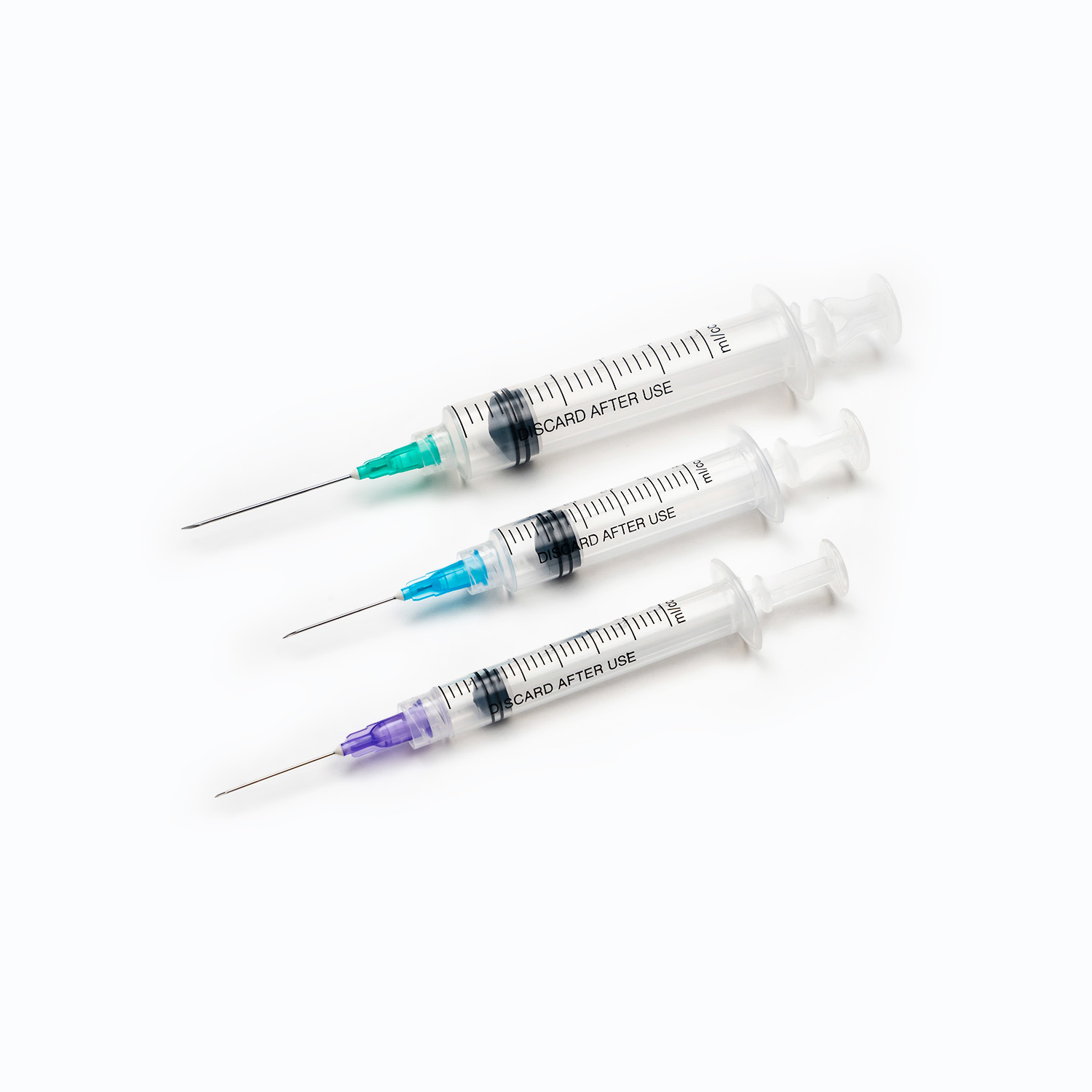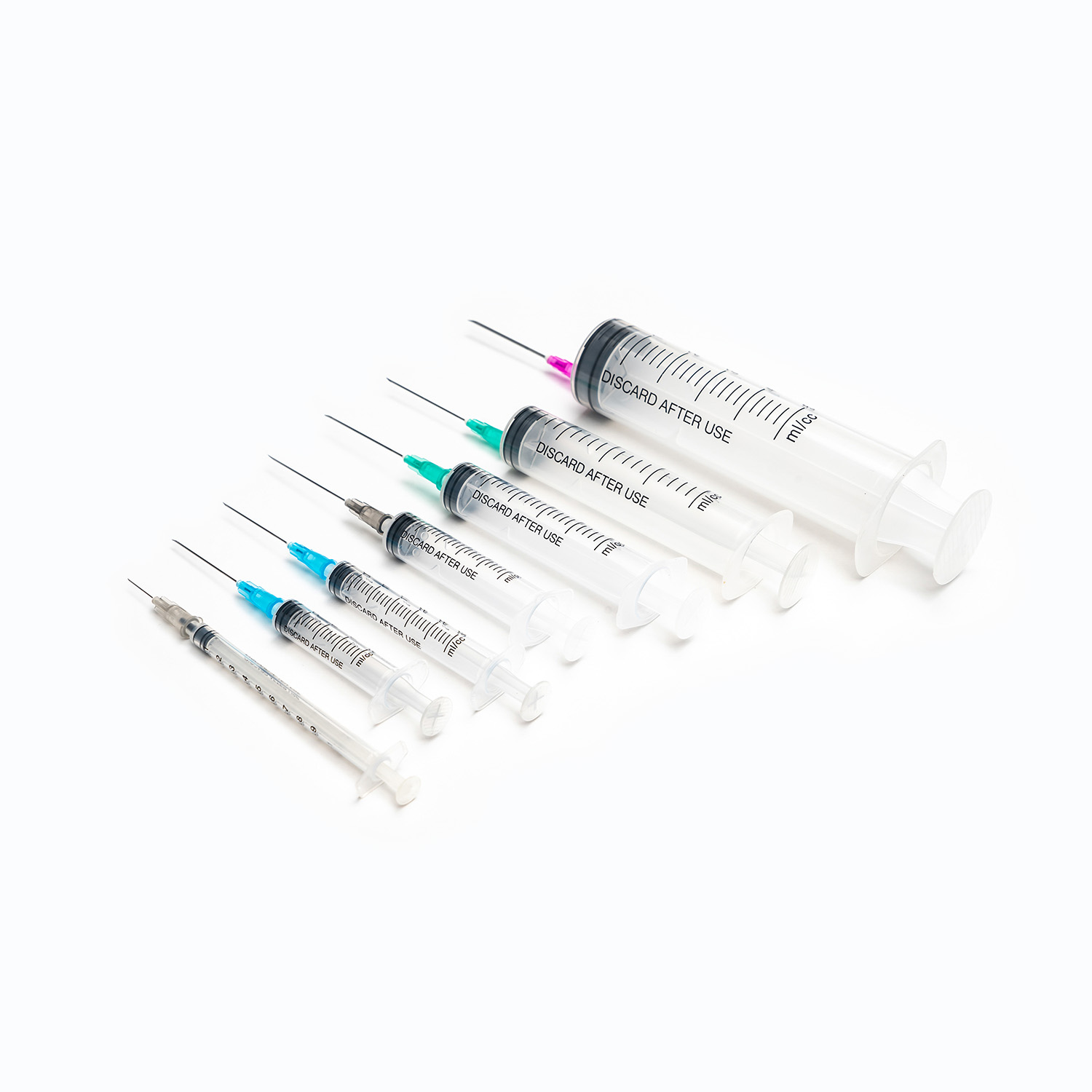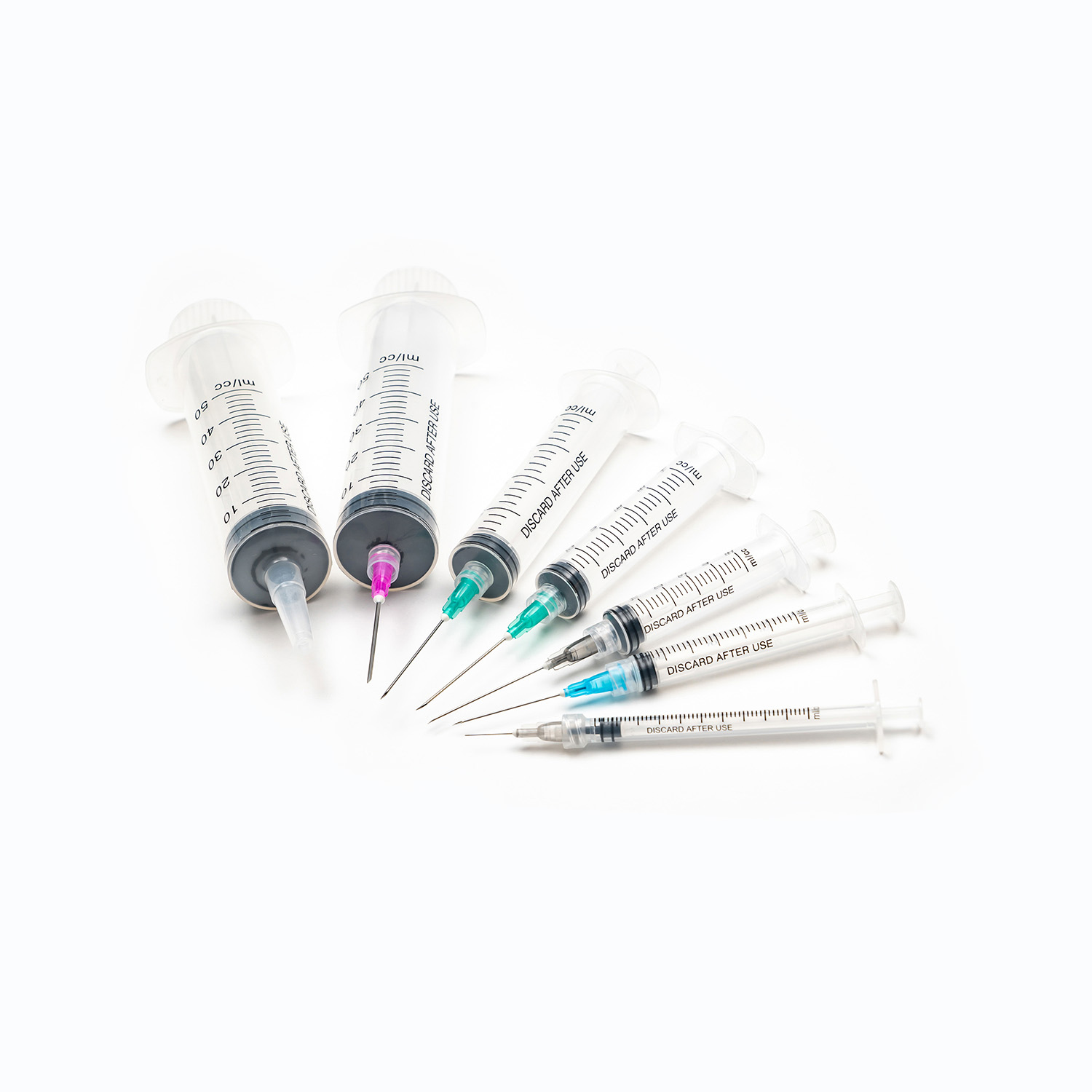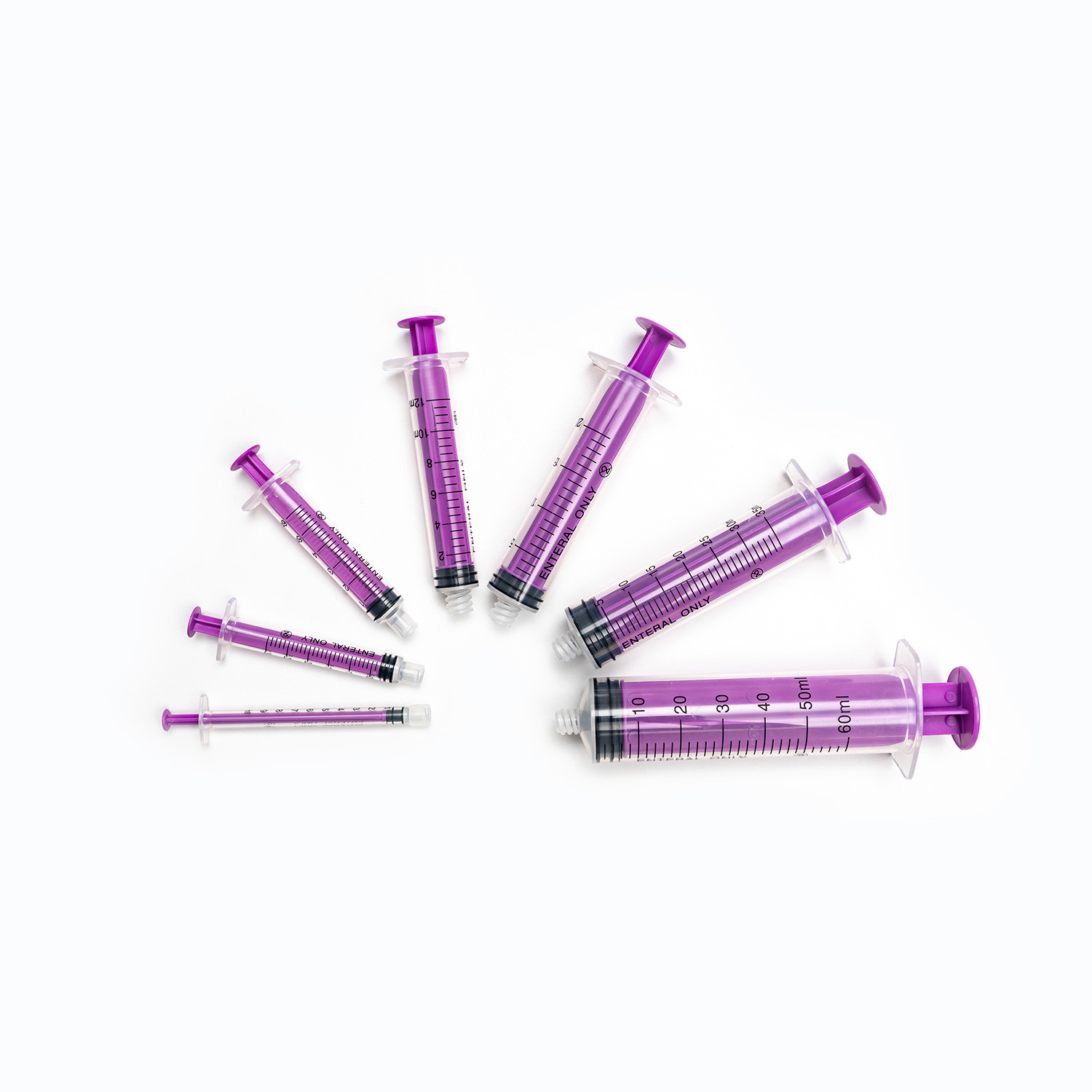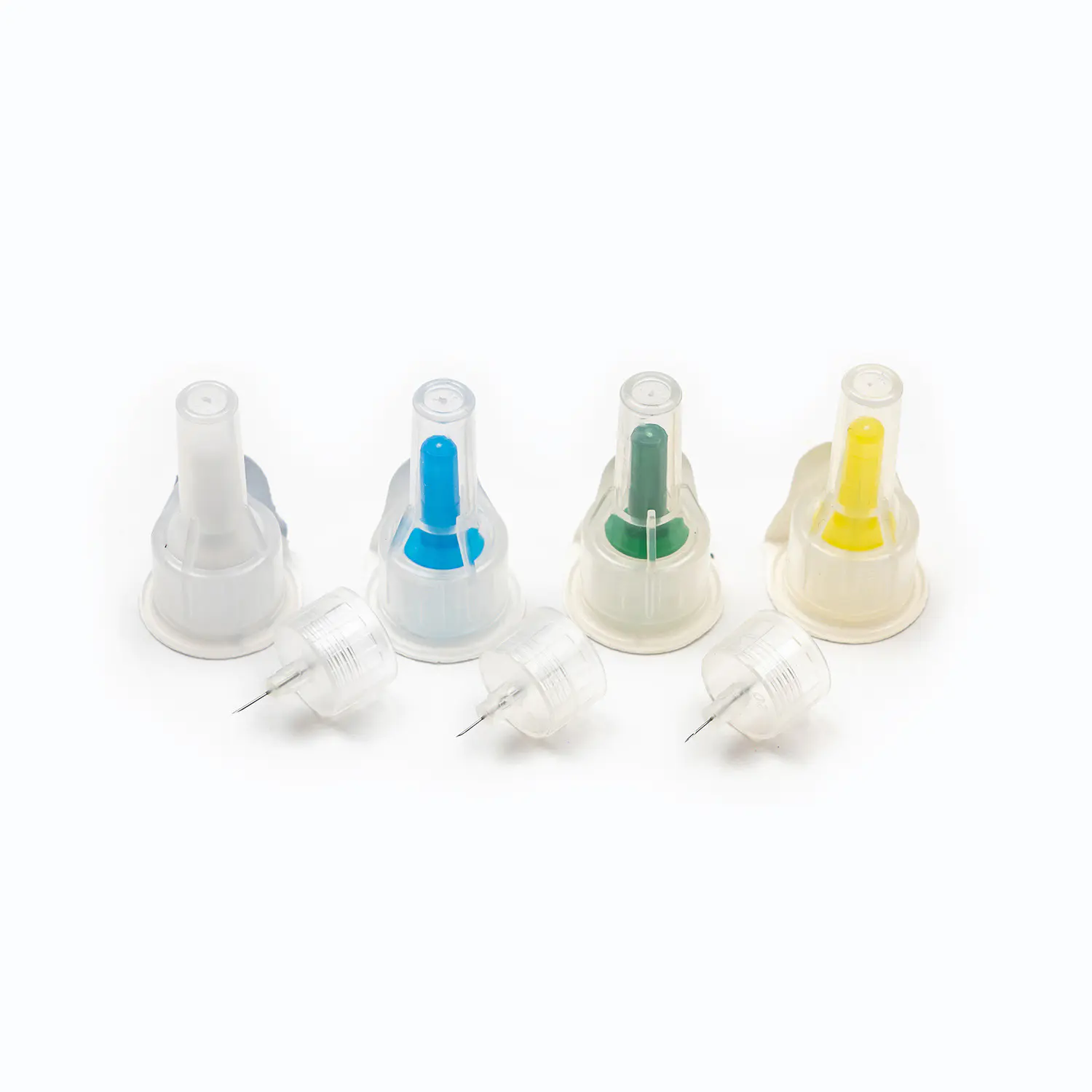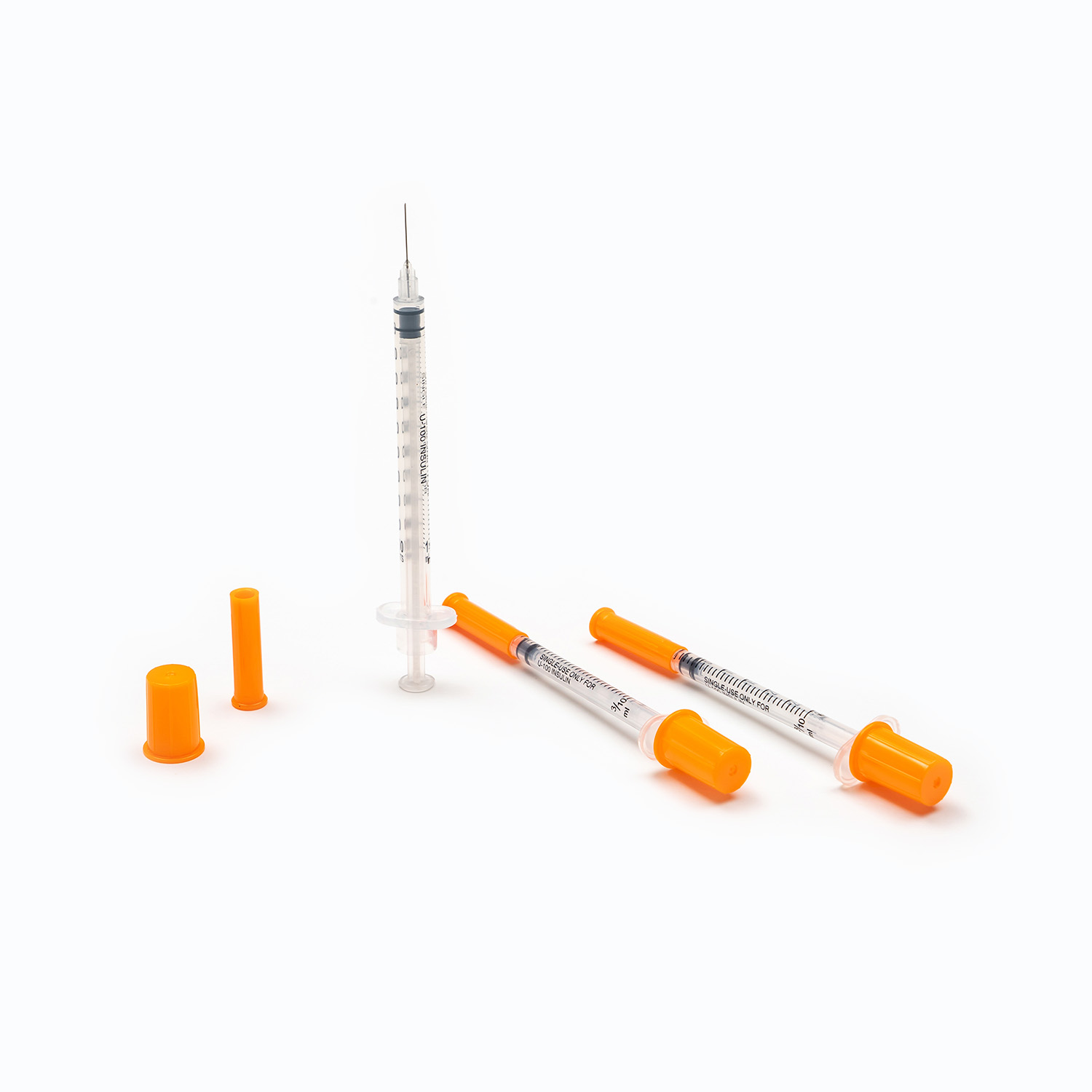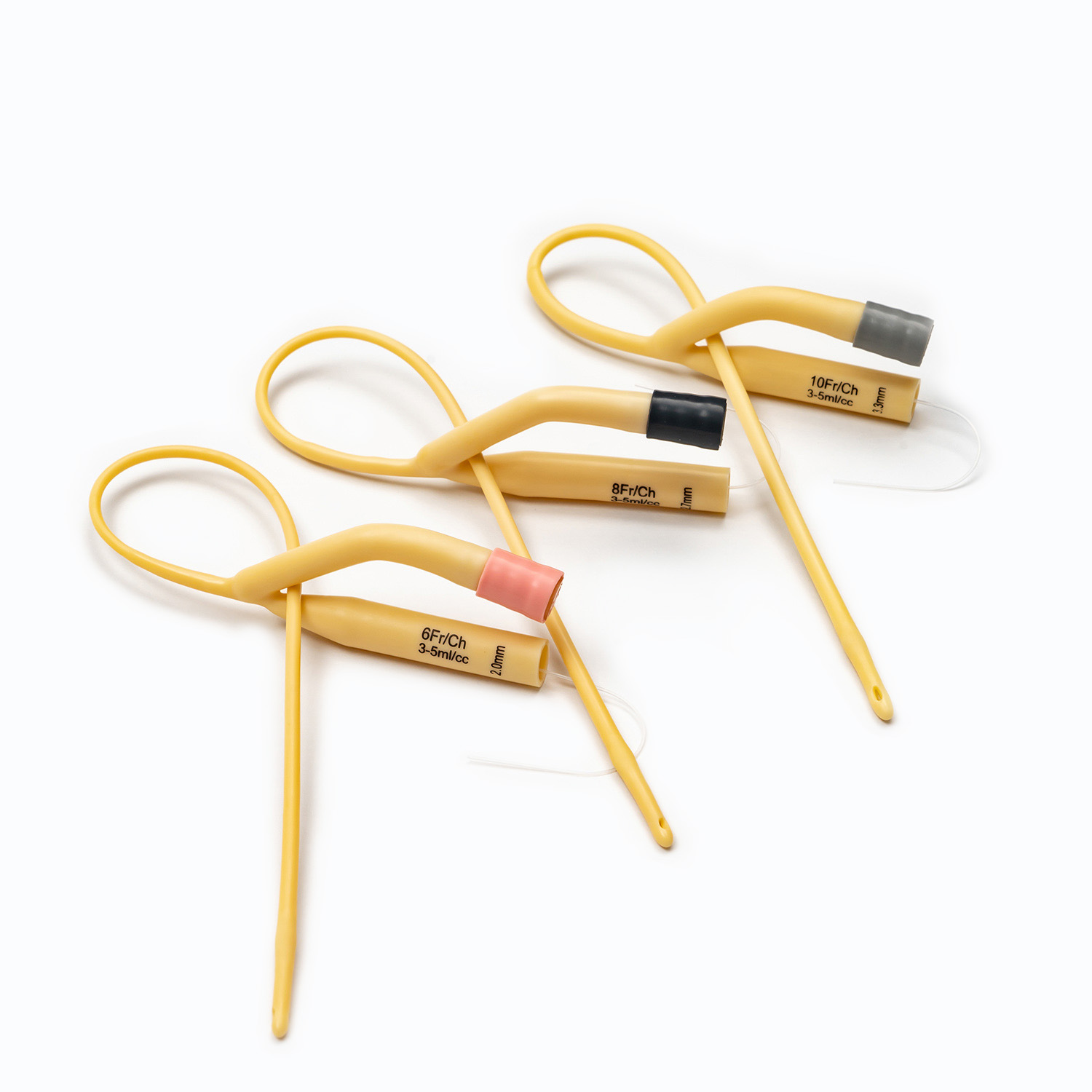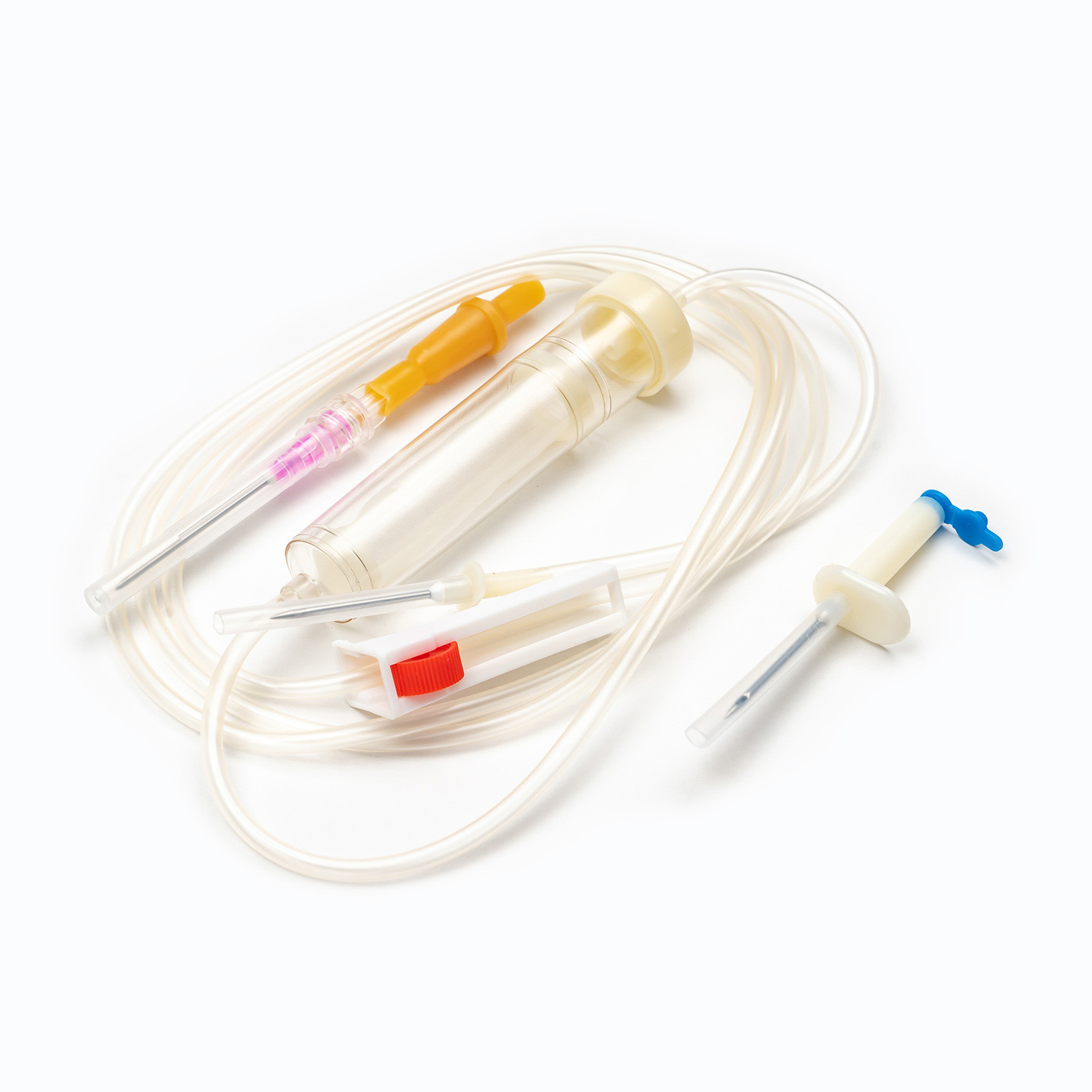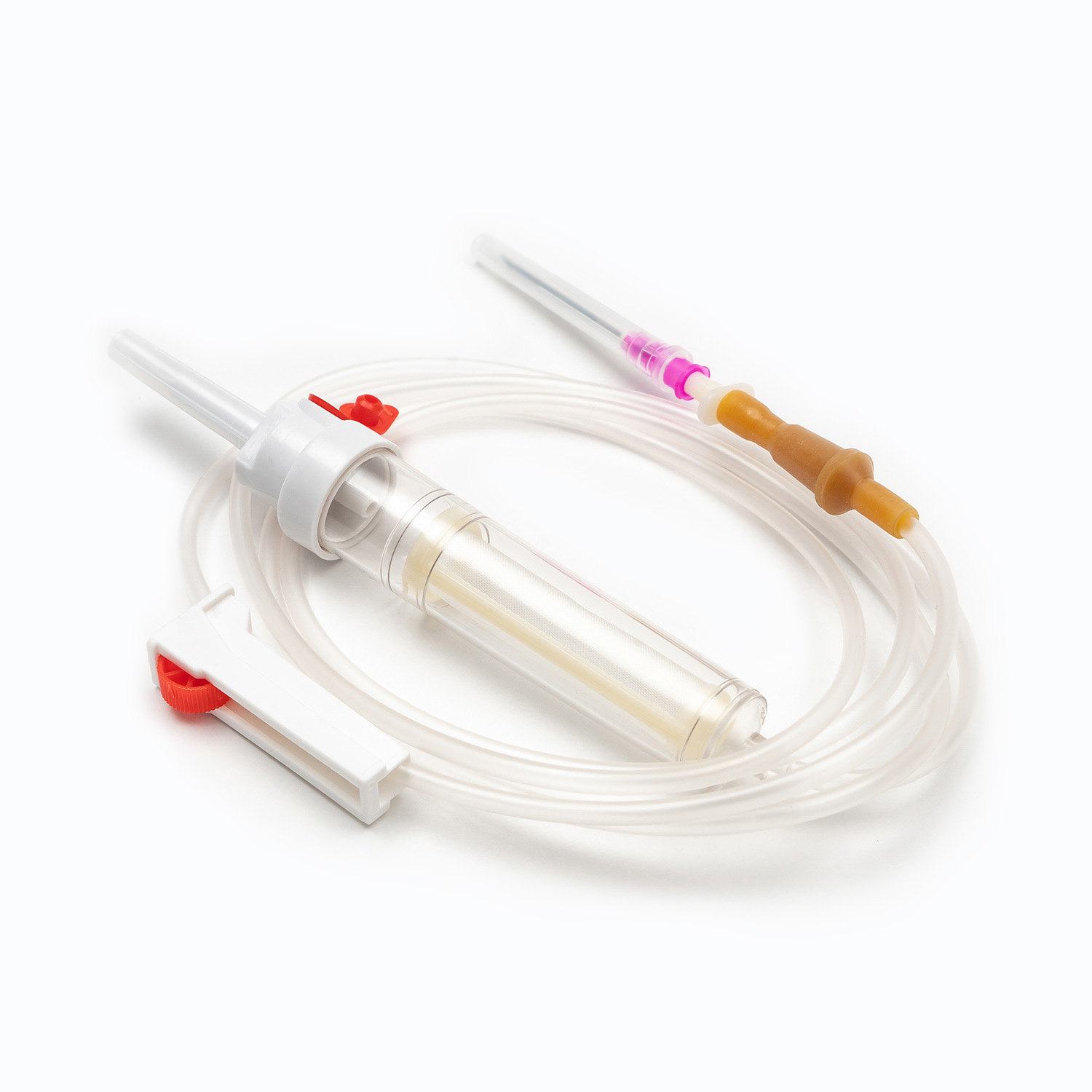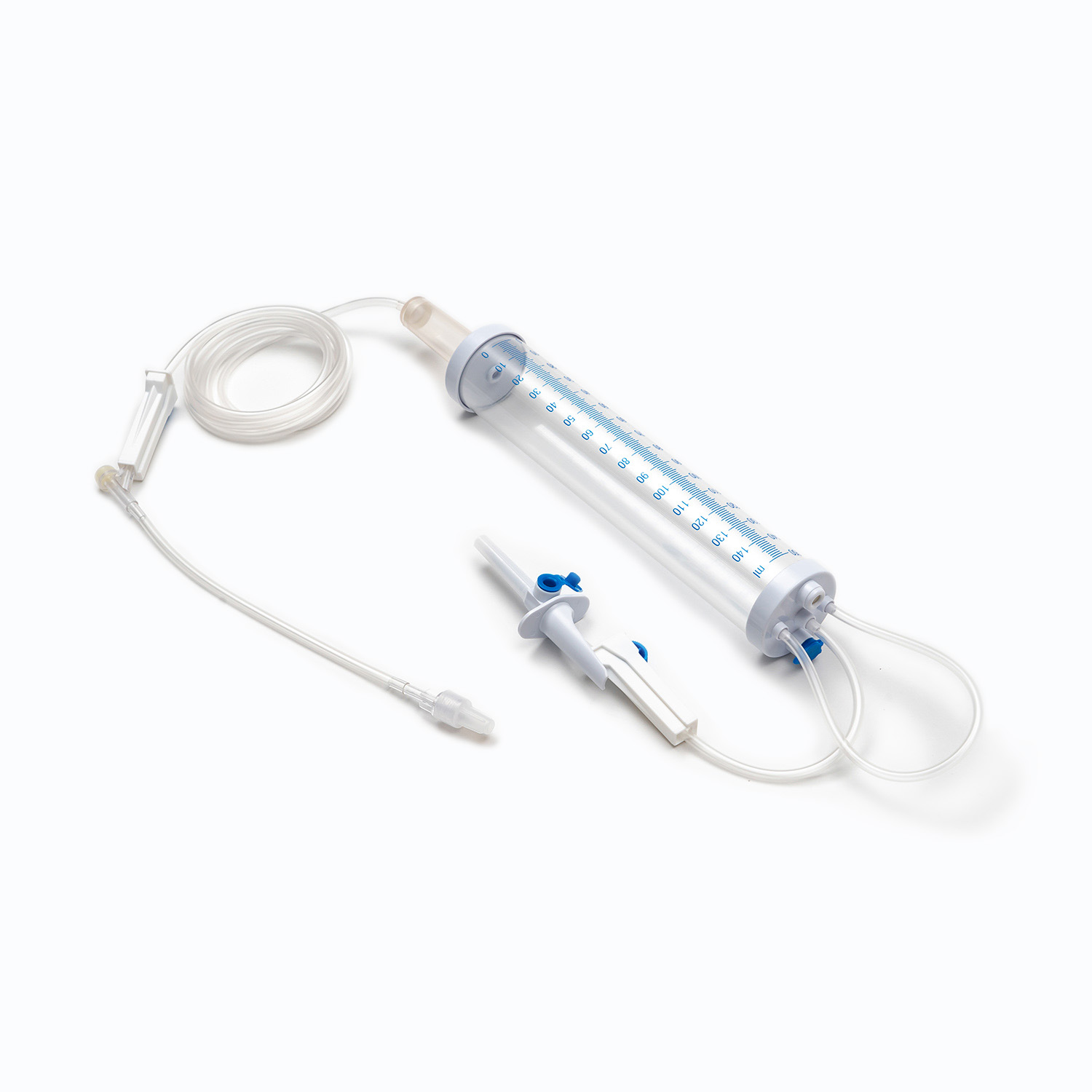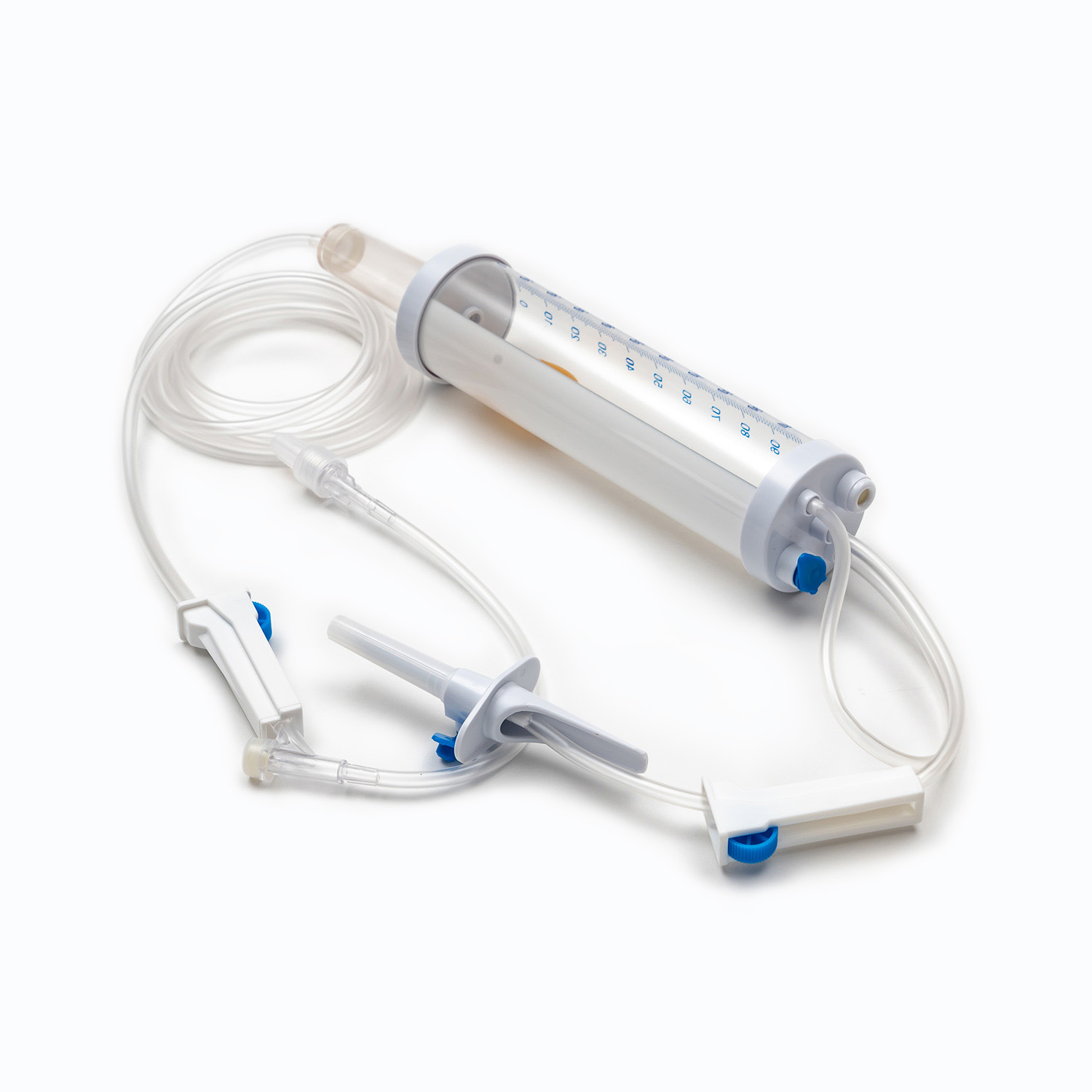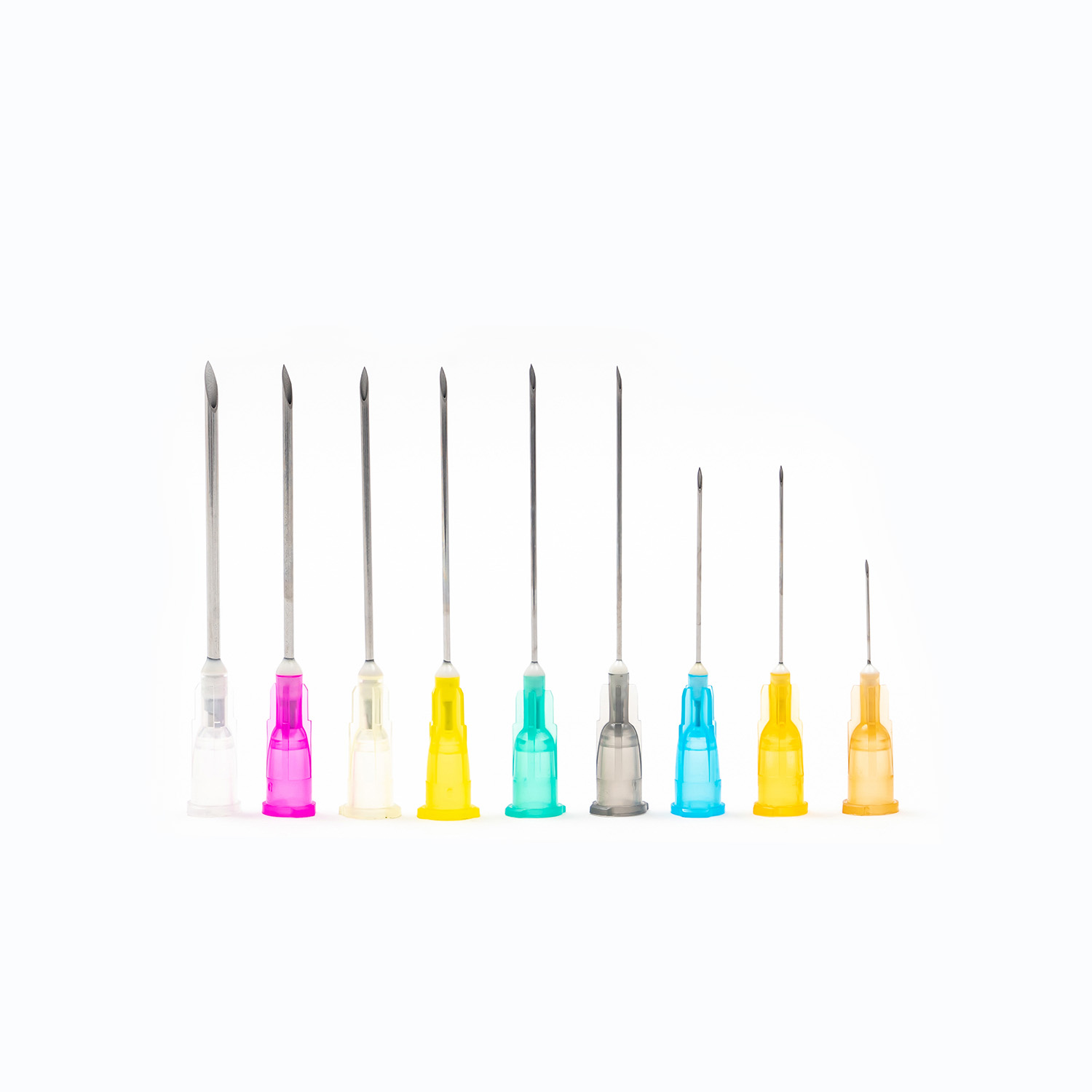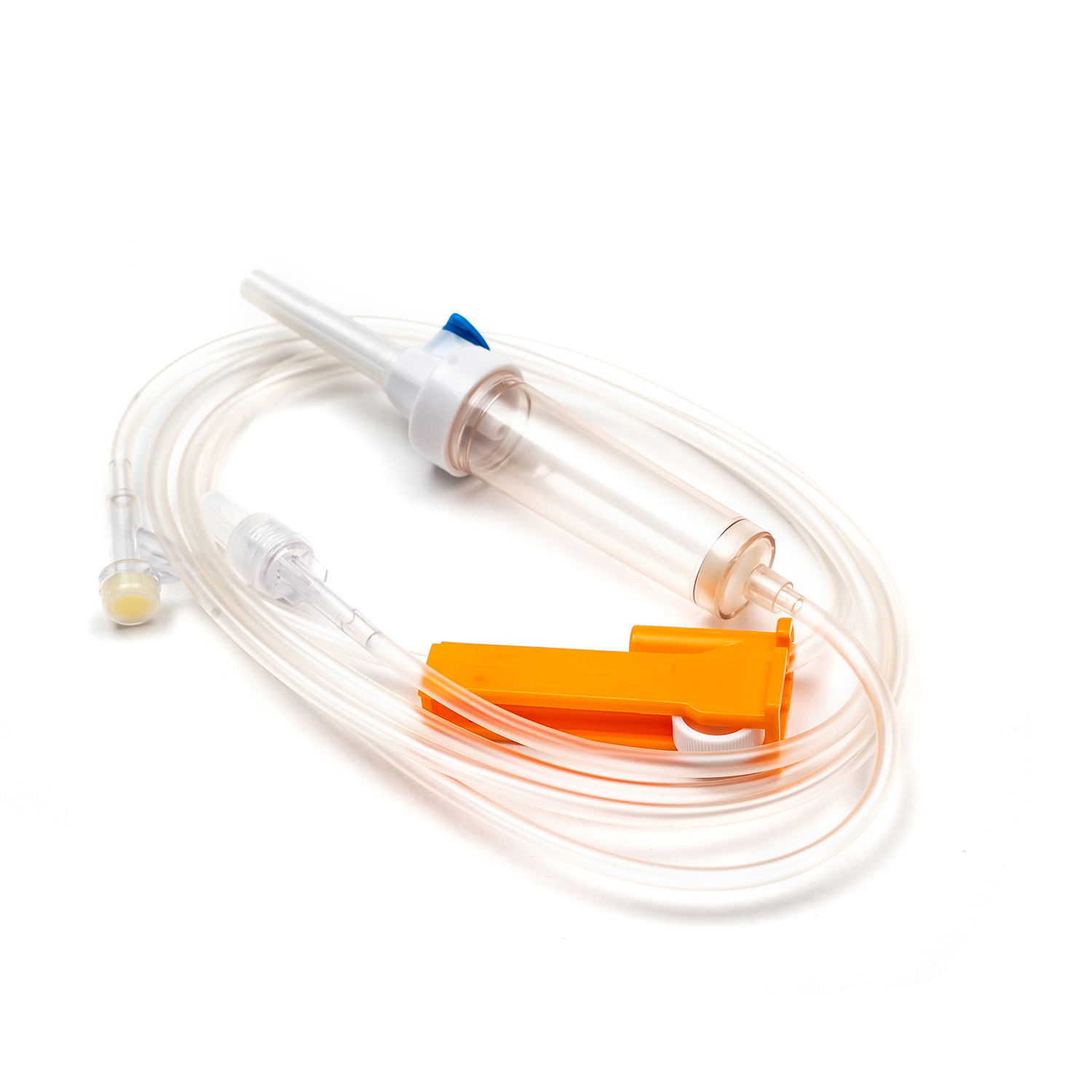Disposable infusion sets: key consumables in the medical field
Jul 08,2025
In the medical field, disposable infusion sets, as a common and vital medical consumable, bear the heavy responsibility of establishing a channel between veins and liquid medicine and realizing intravenous infusion. Its appearance has greatly improved the safety and convenience of infusion therapy, and plays an irreplaceable role in clinical medicine.
Structural analysis: Precision structure ensures smooth infusion
Disposable infusion sets are generally composed of multiple key parts. The intravenous needle or injection needle is the part that directly contacts the patient's vein, and its design must ensure smooth and safe puncture; the needle cap plays a role in protecting the needle and preventing contamination before use. The infusion hose is the channel for liquid medicine transmission, which requires good flexibility and chemical stability to ensure smooth delivery of liquid medicine.
The liquid medicine filter can effectively filter out particles and impurities in the liquid medicine, ensure the purity of the liquid medicine entering the patient's body, and reduce adverse reactions caused by particles. The flow rate regulator allows medical staff to accurately adjust the infusion speed according to the specific situation of the patient to ensure the safety and effectiveness of the infusion process. The drip pot is used to observe the dripping of the drug solution, which is convenient for medical staff to monitor the infusion process. The bottle stopper puncture is used to pierce the bottle stopper of the infusion bottle to establish a passage between the drug solution and the infusion device; the air filter can prevent the outside air from entering the infusion system and bringing in impurities such as microorganisms, and maintain the sterile state of the infusion environment. Some infusion devices are also equipped with injection parts and dosing ports to provide more operational convenience for clinical treatment.

Working principle: drug delivery with the help of atmospheric pressure
The working principle of the disposable infusion device is based on atmospheric pressure. During the infusion process, the liquid in the infusion bottle flows into the drip bucket along the thinner infusion hose under the action of atmospheric pressure. When the pressure generated by the water column in the drip bucket is greater than the patient's venous pressure, the liquid in the bottle will continue to flow into the vein along the hose, thereby realizing the infusion of the drug solution. This simple and ingenious principle provides stable and reliable power support for infusion therapy.
Diverse categories: meet different clinical needs
The types of disposable infusion devices are rich and diverse to meet various different clinical needs. Ordinary infusion sets are the most common type and are widely used in general infusion treatment scenarios. Bucket infusion sets and bag infusion sets have unique advantages in large-volume infusions due to their special container design. Burette infusion sets can control the infusion volume more accurately and are suitable for treatments with strict requirements on infusion dosage.
In order to meet the infusion needs of special drugs, there are also light-proof infusion sets, which can effectively prevent certain drugs from decomposing and deteriorating under light; precision filtration infusion sets have higher filtration accuracy, which can further reduce the risk of particles in the drug solution and provide patients with safer infusion protection. Air purification infusion sets focus on purifying the air entering the infusion system to reduce the possibility of microbial contamination.
How to use: Standardized operation ensures safety and effectiveness
When using disposable infusion sets, standardized operating procedures are essential. Medical staff should carefully check the name, concentration, dosage and expiration date of the drug to ensure accuracy. Next, check whether the packaging of the infusion set is intact and whether there is any damage or expiration. Then, insert the needle of the infusion set into the rubber stopper of the medicine bottle or bag, exhaust the air in the infusion set, and turn off the flow regulator.

During the puncture process, it is necessary to select a suitable puncture site, such as the dorsal vein of the hand, the arm vein or the scalp vein, and strictly disinfect the puncture site. During the puncture, pierce the skin at an appropriate angle, and push the needle slightly along the vein after seeing the blood return, then fix the needle with tape and hang the infusion set on the infusion stand. According to the patient's condition and doctor's advice, accurately adjust the infusion speed through the flow regulator, and closely observe whether there are swelling, pain and other discomfort symptoms at the puncture site, as well as the patient's overall reaction. After the infusion is completed, press the puncture site lightly, quickly pull out the needle, press for a while with a sterilized cotton swab, and finally put the disposable infusion set and other waste into the medical waste bin, and dispose of it in strict accordance with the regulations for the treatment of medical waste to prevent cross infection.
As an indispensable and important consumable in the medical field, the structural design, working principle, classification and usage of disposable infusion sets are closely related to the treatment effect and safety of patients. With the continuous advancement of medical technology and the continuous growth of market demand, the disposable infusion set industry will also usher in more development opportunities and challenges, and continue to innovate and improve, providing stronger support for the development of the medical industry.



 English
English Français
Français русский
русский Español
Español
